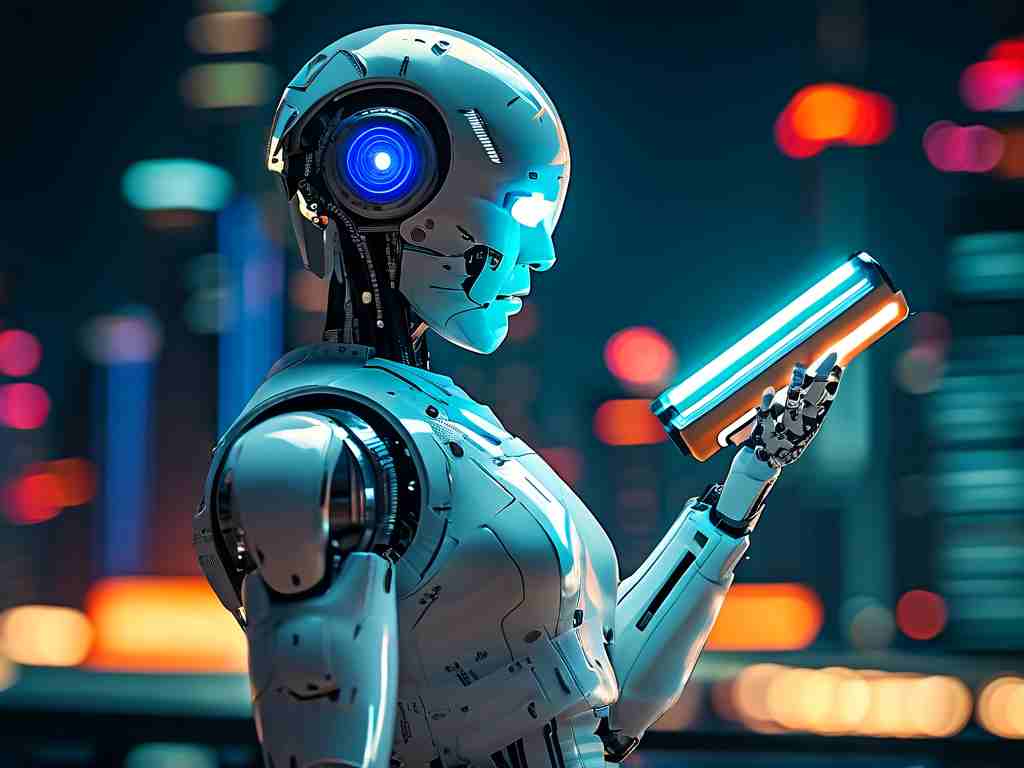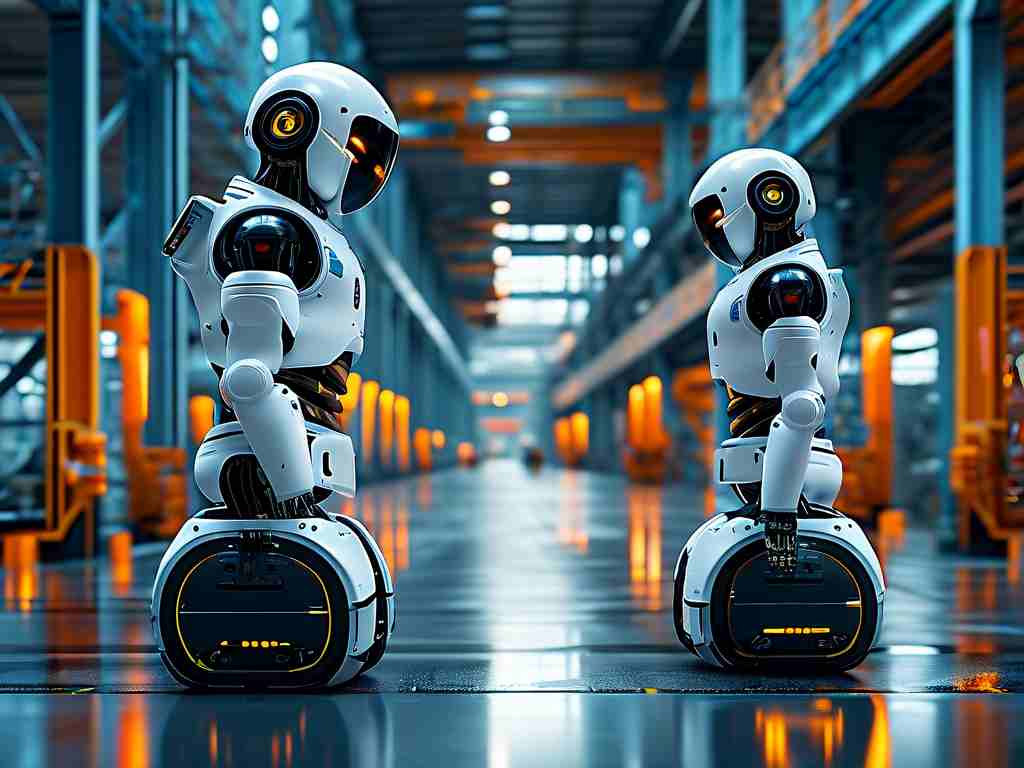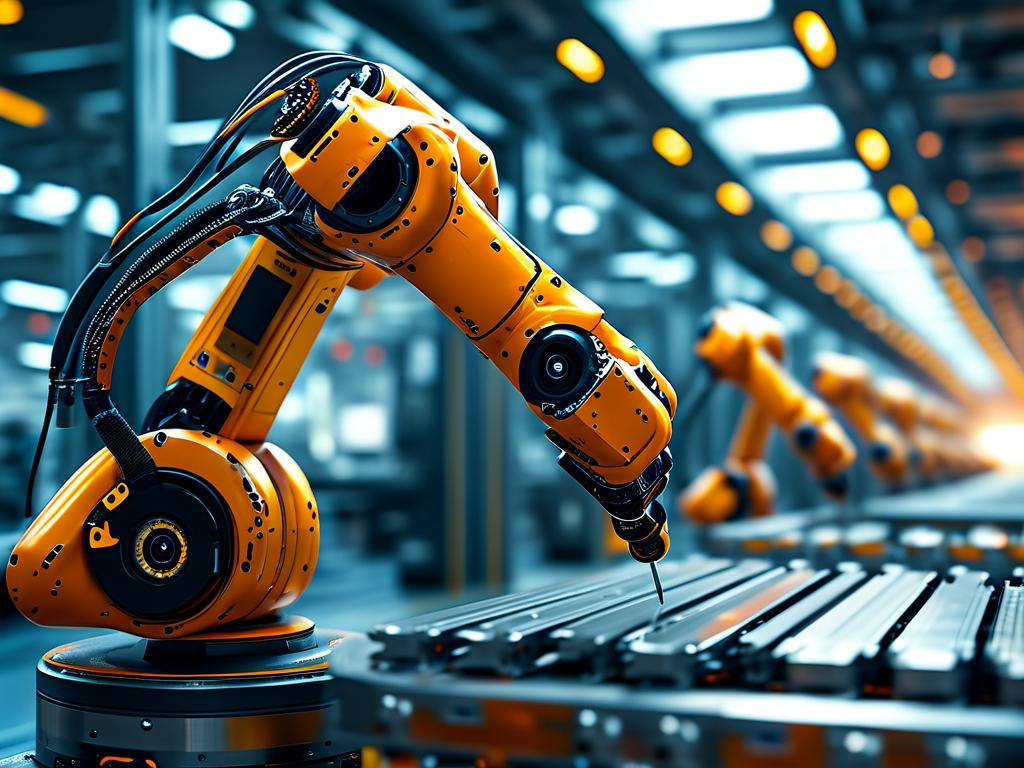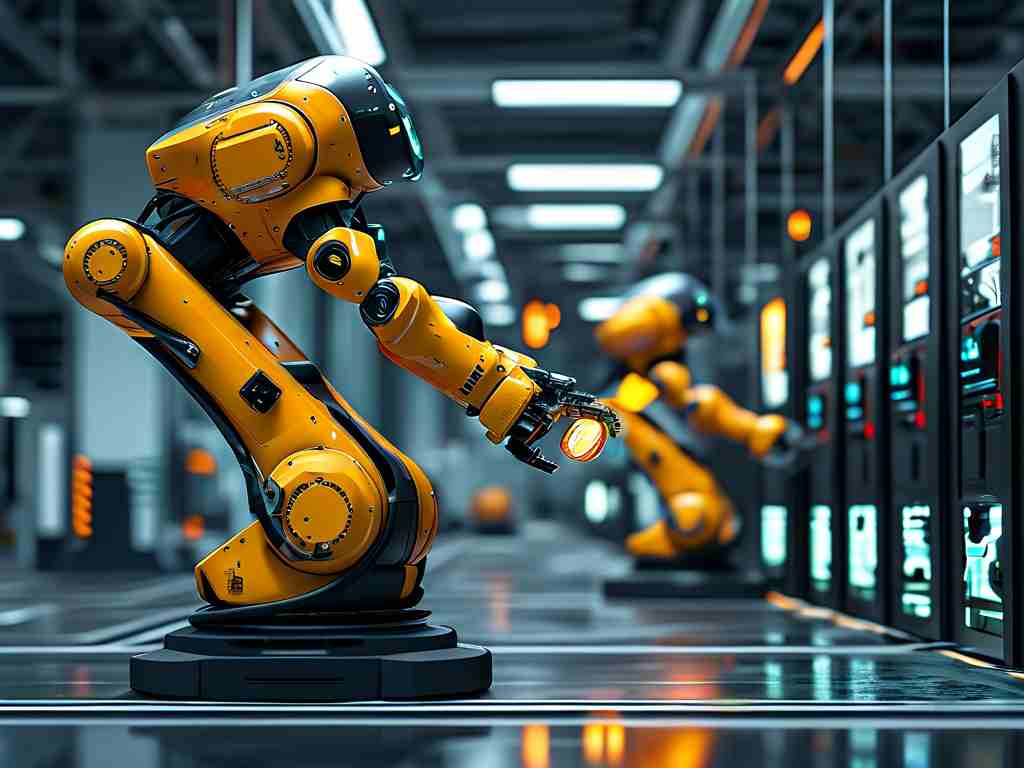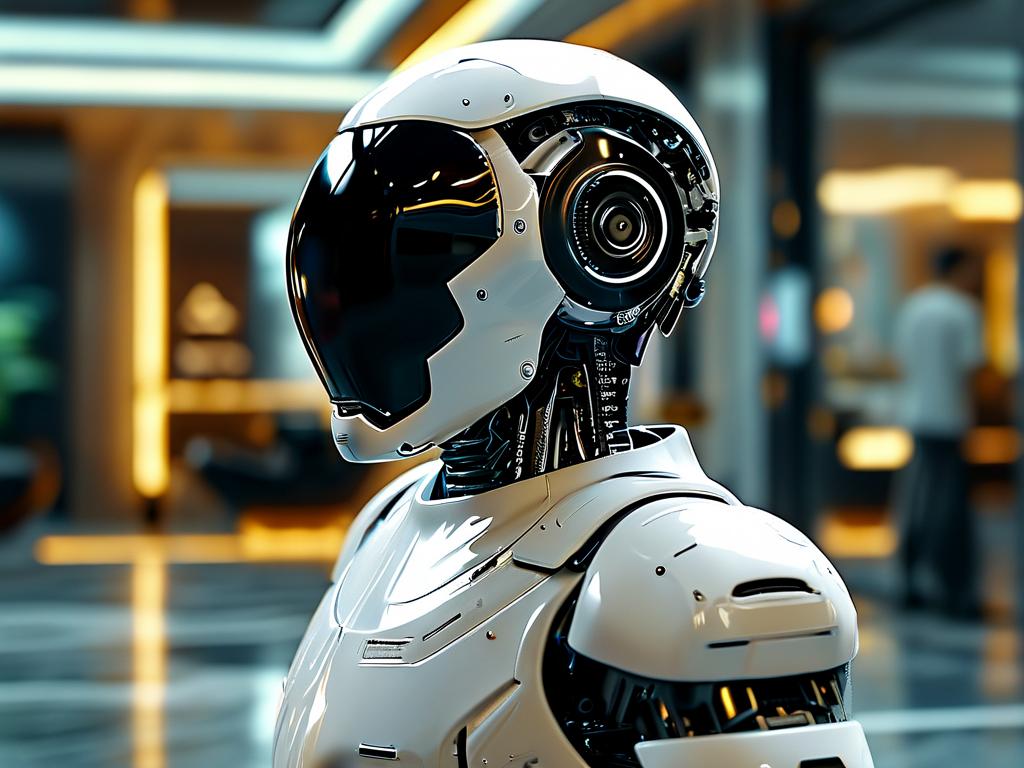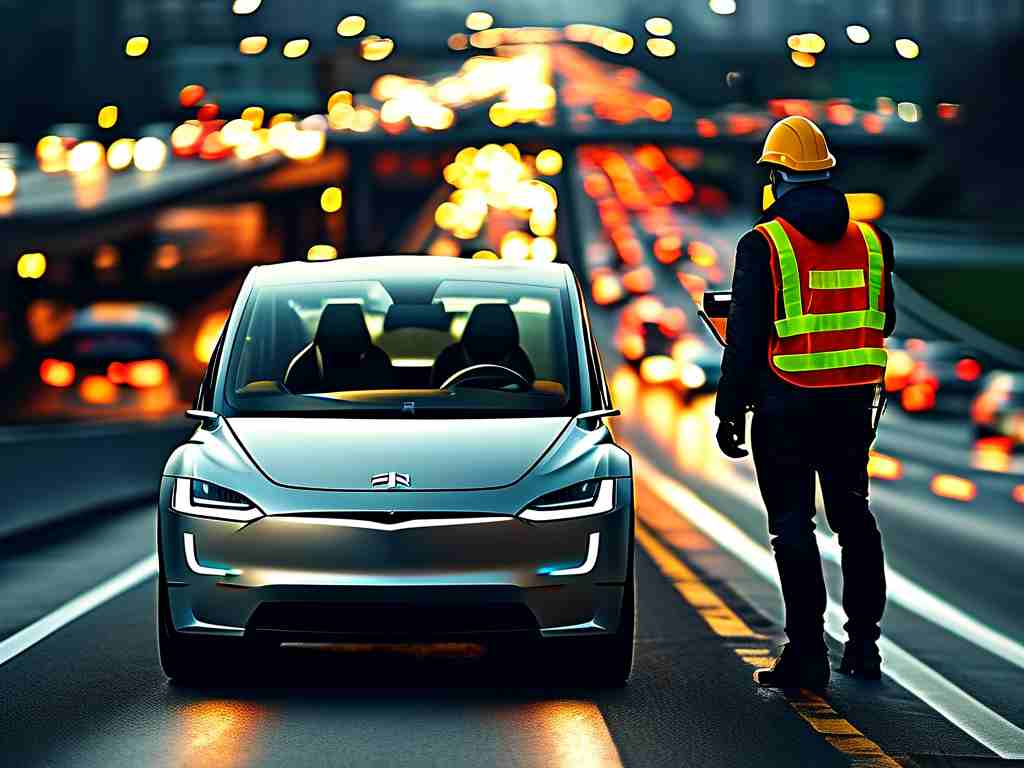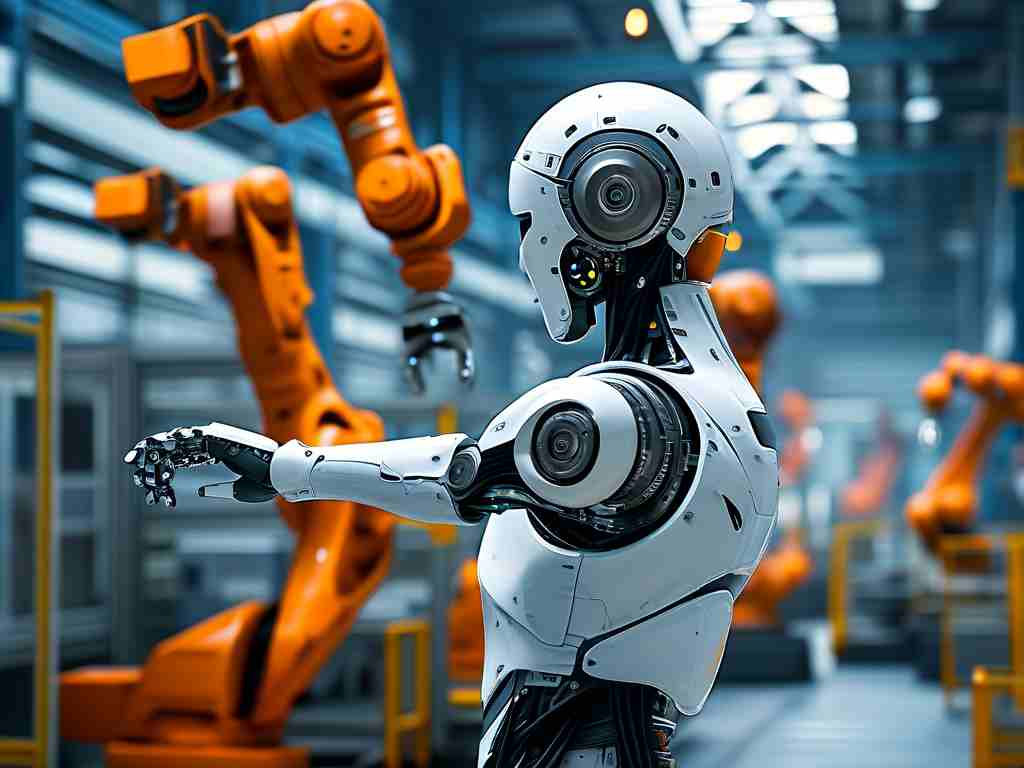The construction industry has long been associated with labor-intensive processes, but advancements in automation are reshaping its future. Among these innovations, robotic wall plastering technology stands out as a game-changer, offering unprecedented efficiency and precision. This article explores how this technology works, its benefits, and its implications for the future of building design and execution.
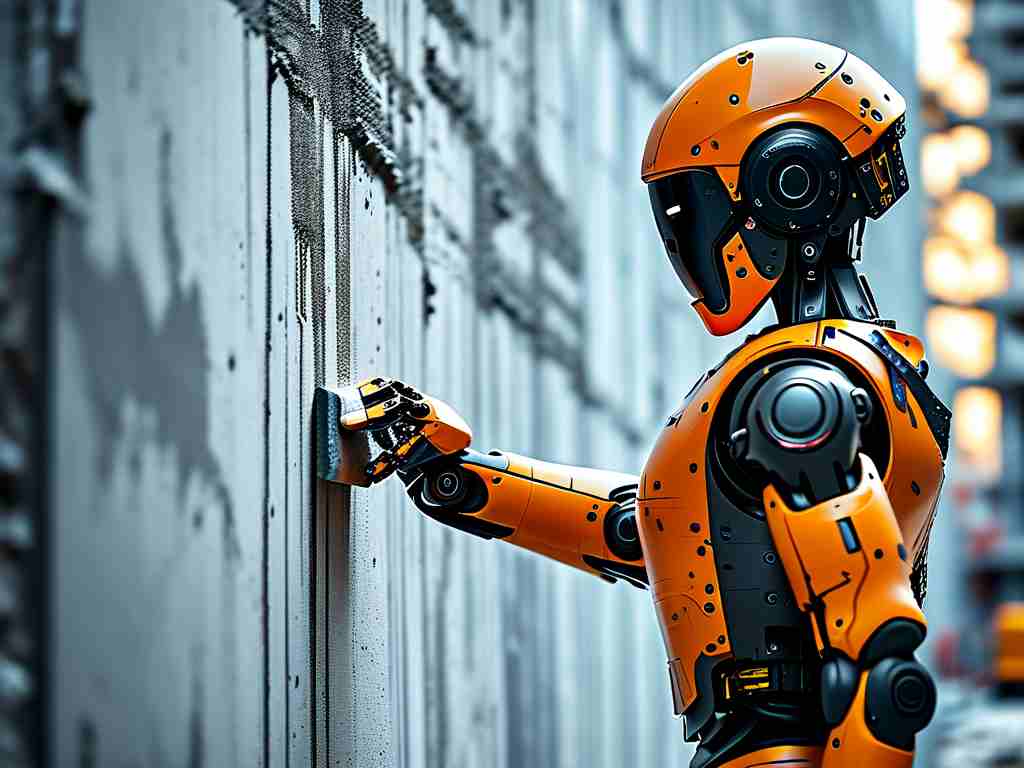
How Robotic Wall Plastering Works
Robotic wall plastering systems integrate advanced sensors, AI-driven software, and mechanical arms to automate the application of plaster or mortar. These machines are programmed to scan surfaces using 3D imaging, identify irregularities, and calculate the optimal thickness and distribution of material. Equipped with adaptive nozzles, they adjust pressure and flow in real time to ensure even coverage. Some models also feature self-cleaning mechanisms and compatibility with various materials, from traditional cement mixes to modern polymer-based coatings.
A key component is the integration of Building Information Modeling (BIM) data. By syncing with digital blueprints, robots can execute plastering tasks with millimeter-level accuracy, reducing human error. For instance, a robot might pause to recalibrate if it detects a structural beam or electrical conduit embedded in the wall, ensuring compliance with safety standards.
Advantages Over Traditional Methods
- Speed and Scalability: A single robotic unit can plaster up to 1,000 square meters per day—nearly five times faster than a skilled human worker. This scalability is critical for large projects like high-rise apartments or commercial complexes.
- Consistency: Unlike manual labor, robots maintain uniform pressure and material application, eliminating issues like air pockets or uneven textures.
- Cost Efficiency: While initial investment is high, robots reduce long-term labor costs and material waste. A study by the International Construction Robotics Association found that automated plastering cuts material usage by 15% through precise dispensing.
- Worker Safety: By handling repetitive and physically demanding tasks, robots minimize risks such as musculoskeletal injuries or exposure to hazardous dust.
Case Studies and Industry Adoption
In Germany, a leading construction firm recently deployed robotic plastering systems for a residential project in Berlin. The robots completed 90% of interior walls in just three weeks—a task that would have taken a 20-person crew two months. Similarly, a Japanese company developed a hybrid system where robots handle bulk plastering, while humans focus on intricate corners and decorative finishes, boosting overall productivity by 40%.
However, adoption challenges persist. Smaller contractors often lack the capital to invest in robotics, and retrofitting older machinery remains technically complex. Additionally, some artisans argue that robots cannot replicate the nuanced craftsmanship required for heritage restoration projects.
Future Trends and Innovations
The next generation of plastering robots aims to address these limitations. Researchers are experimenting with lightweight, modular designs that cater to small-scale projects. For example, MIT’s Media Lab recently unveiled a portable robotic arm that attaches to standard scaffolding, making automation accessible to mid-sized firms.
Another frontier is sustainability. Companies like EcoBuild Tech are testing robots that use biodegradable plaster blends and recycle excess material onsite. Pairing this with solar-powered operation could reduce the carbon footprint of construction sites significantly.
Robotic wall plastering technology is not just a novelty—it’s a necessity as the global demand for housing and infrastructure grows. By merging precision, speed, and safety, these systems are redefining what’s possible in construction. While challenges like cost and adaptability remain, ongoing advancements promise a future where humans and robots collaborate seamlessly to build smarter, faster, and greener.


